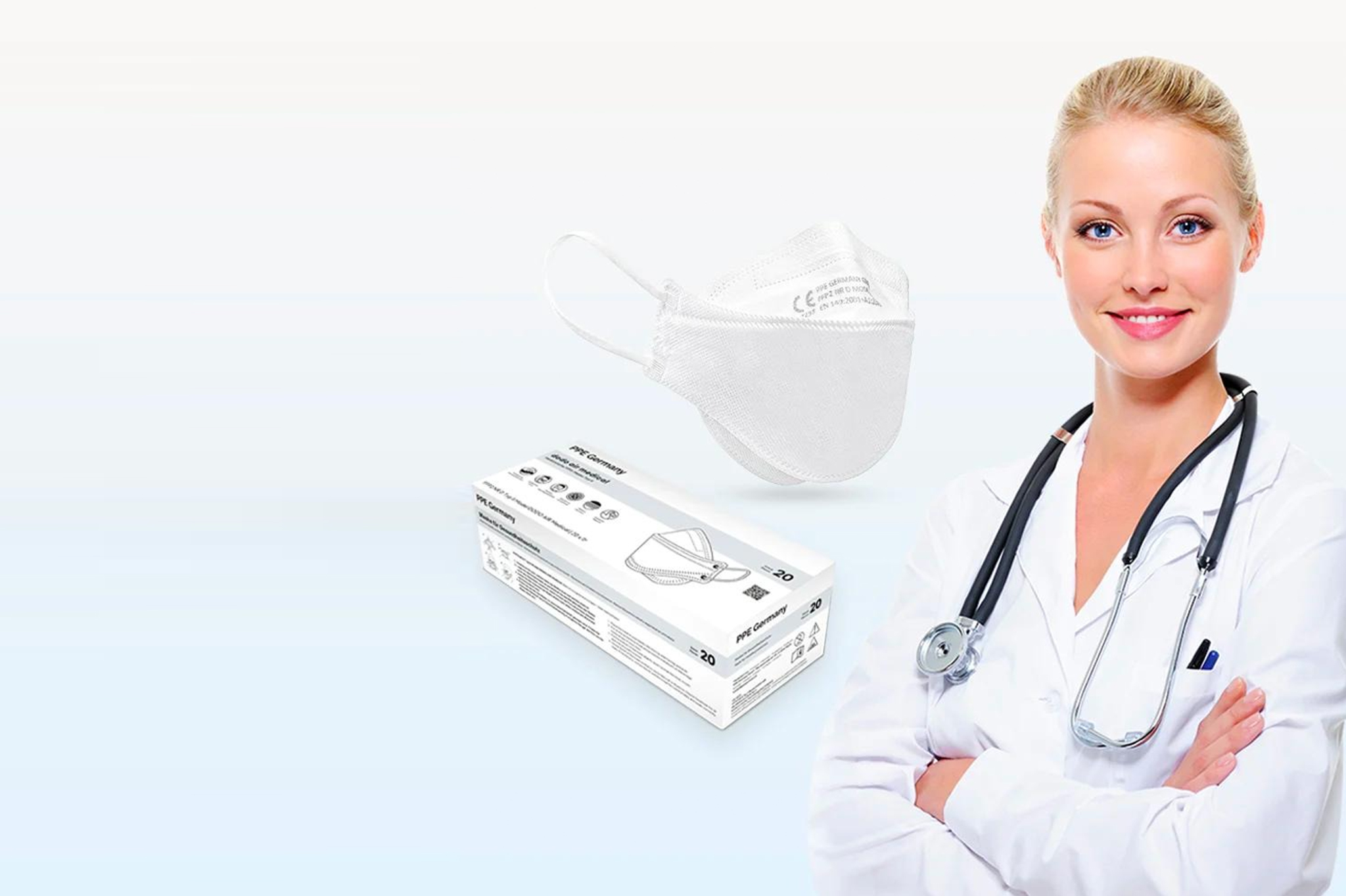In today’s world, the acronym “PPE” has taken on newfound importance. With the global healthcare landscape continually evolving, Personal Protective Equipment (PPE) has emerged as a critical line of defense against various threats, particularly in medical settings. This article explores the various types of PPE, defines the concept of PPE, delves into its essential uses, outlines the requirements for effective PPE, and underscores the significance of high-grade medical PPE.
Understanding PPE: What is it?
PPE stands for Personal Protective Equipment, which encompasses a broad range of specialized clothing and equipment designed to safeguard individuals from potential hazards in their workplace or environment. These hazards can vary widely and may include physical, chemical, biological, radiological, and mechanical risks. The primary goal of PPE is to create a barrier between the wearer and the potential danger, minimizing the risk of injury or illness.
Types of PPE
To effectively protect against various hazards, different types of PPE have been developed. These include:
- Respiratory Protection
Respiratory PPE, such as N95 respirators, is designed to filter out harmful airborne particles. They are essential for healthcare workers who may be exposed to infectious diseases, dust, or chemical fumes. - Protective Clothing
This category includes gowns, coveralls, and aprons, which shield the wearer’s body and clothing from contamination. Medical professionals often wear protective clothing during procedures to maintain a sterile environment. - Eye and Face Protection
Safety glasses, goggles, and face shields protect the eyes and face from chemical splashes, flying debris, and other potential eye hazards. - Hand Protection
Gloves, made from various materials like latex, nitrile, or vinyl, are crucial for preventing contamination and injury when handling hazardous materials or performing medical procedures. - Head Protection
Helmets and hard hats protect the head from falling objects or impact injuries. In medical settings, head protection may include surgical caps to maintain a sterile field. - Foot Protection
Footwear like safety shoes and boots is designed to protect against sharp objects, electrical hazards, and chemical spills. In medical environments, shoe covers may also be used to maintain cleanliness. - Hearing Protection
Earplugs and earmuffs safeguard the ears from excessive noise levels, particularly in industrial and construction settings. - Fall Protection
Fall arrest systems, harnesses, and lanyards are essential for those working at heights to prevent injuries from falls.
The Essential Uses of PPE
The use of PPE is integral to the safety of individuals in a multitude of settings:
- Healthcare
In the medical field, PPE is indispensable for healthcare workers dealing with patients carrying infectious diseases. This includes wearing gloves, gowns, masks, and eye protection to minimize the risk of infection. - Industrial and Manufacturing
In industrial and manufacturing environments, PPE is used to protect workers from a wide range of hazards, such as chemical exposure, heavy machinery, and noise pollution. - Construction
Construction workers frequently rely on PPE to shield themselves from falling objects, sharp materials, and dangerous machinery. Hard hats, safety glasses, and high-visibility vests are common components of construction PPE. - Laboratory and Research
In laboratories, researchers and scientists wear PPE to safeguard against chemical spills, biological agents, and other laboratory hazards. Lab coats, safety goggles, and gloves are typical examples.
PPE Requirements: What Makes it Effective?
Effective PPE must meet certain requirements to ensure it provides the intended level of protection:
- Proper Fit
PPE should fit well and be adjusted to the wearer’s size. Ill-fitting PPE can leave gaps through which hazards may penetrate. - Compatibility with Hazard
The type of PPE used should be appropriate for the specific hazard present. For example, respiratory protection should be chosen based on the nature and concentration of airborne contaminants. - Regulatory Compliance
PPE must adhere to relevant safety standards and regulations. Certification marks and labels, such as CE (Conformité Européenne) in Europe or NIOSH (National Institute for Occupational Safety and Health) in the United States, indicate compliance. - Proper Maintenance
Regular inspection, cleaning, and maintenance of PPE are crucial to ensure it remains effective. Damaged or worn-out equipment should be replaced promptly. - Training and Education
Users must be adequately trained in the correct use, care, and limitations of their PPE. Education is essential to ensure that individuals understand how to maximize the protection offered by their equipment.
The Significance of High-Grade Medical PPE
In the medical field, where health and safety are paramount, high-grade medical PPE plays a critical role. Here’s why it’s so significant:
- Infection Control
High-grade medical PPE, including N95 respirators, gowns, and gloves, is instrumental in controlling the spread of infectious diseases within healthcare facilities. It safeguards both healthcare workers and patients. - Patient Safety
Medical professionals wearing high-quality PPE maintain a sterile environment during surgeries and medical procedures, reducing the risk of post-operative infections and complications. - Confidence and Trust
Patients and healthcare workers alike trust the effectiveness of high-grade medical PPE. Knowing that they are protected enhances confidence, enabling healthcare providers to deliver care with peace of mind.
Conclusion
Personal Protective Equipment is a critical component of safety in various settings, with medical PPE holding a special place in healthcare. Understanding the types of PPE, its essential uses, compliance requirements, and the importance of high-grade medical PPE is vital for ensuring the safety and well-being of individuals in their workplaces. By adhering to these principles, we can effectively protect against a wide range of hazards and contribute to safer, healthier environments for all.

